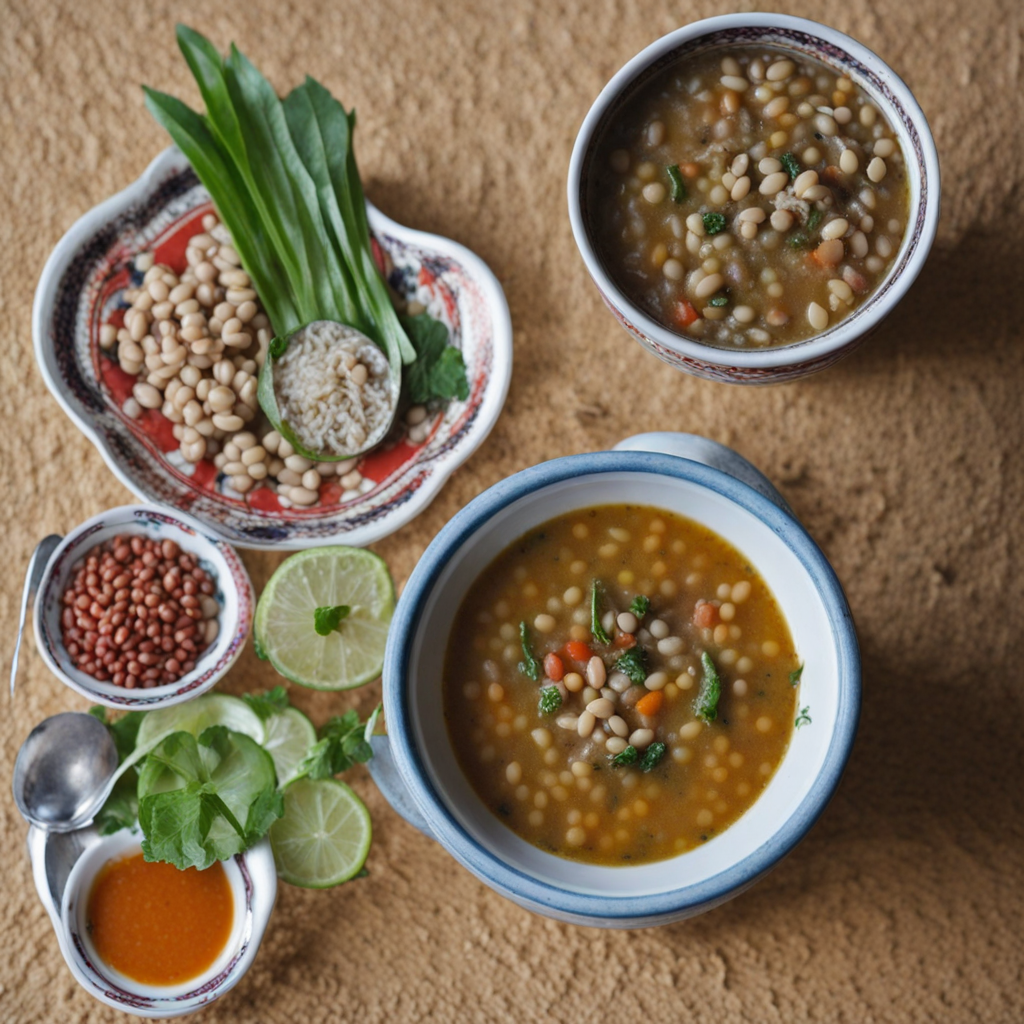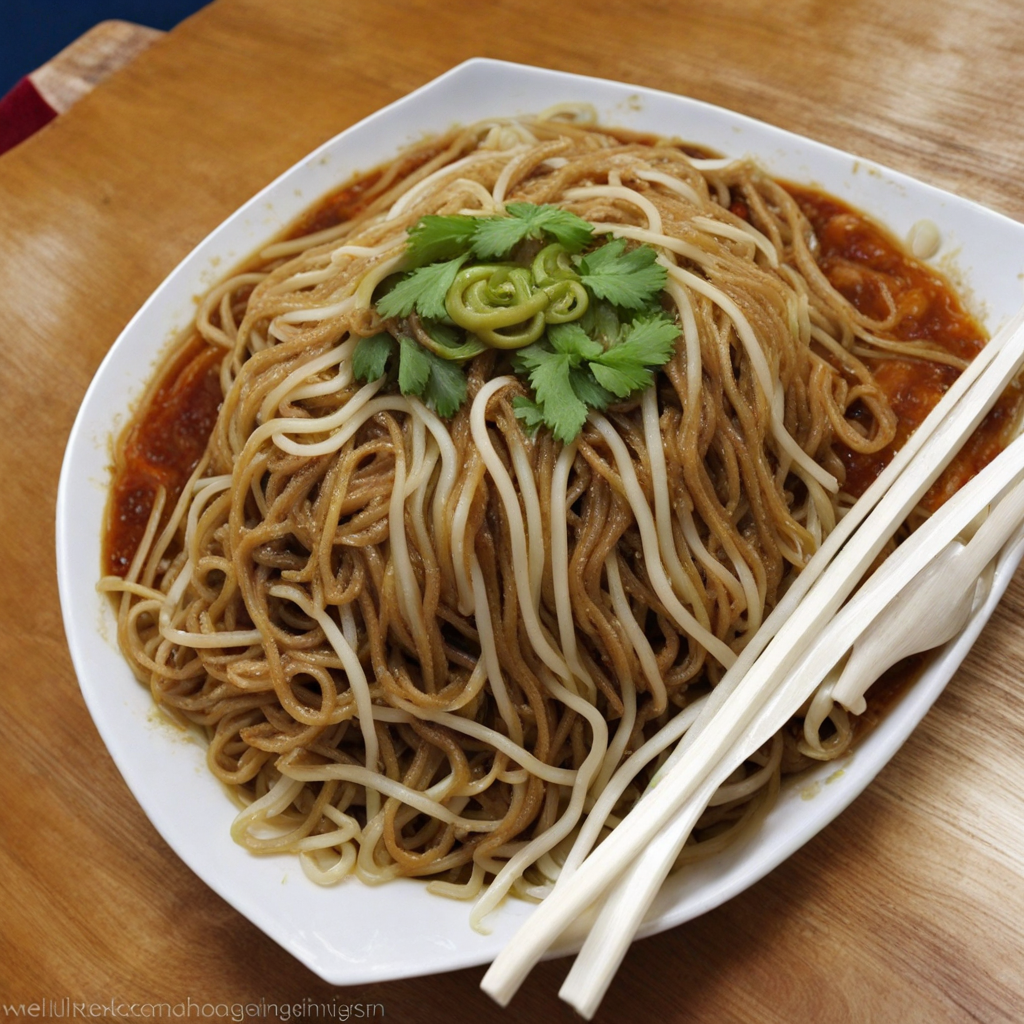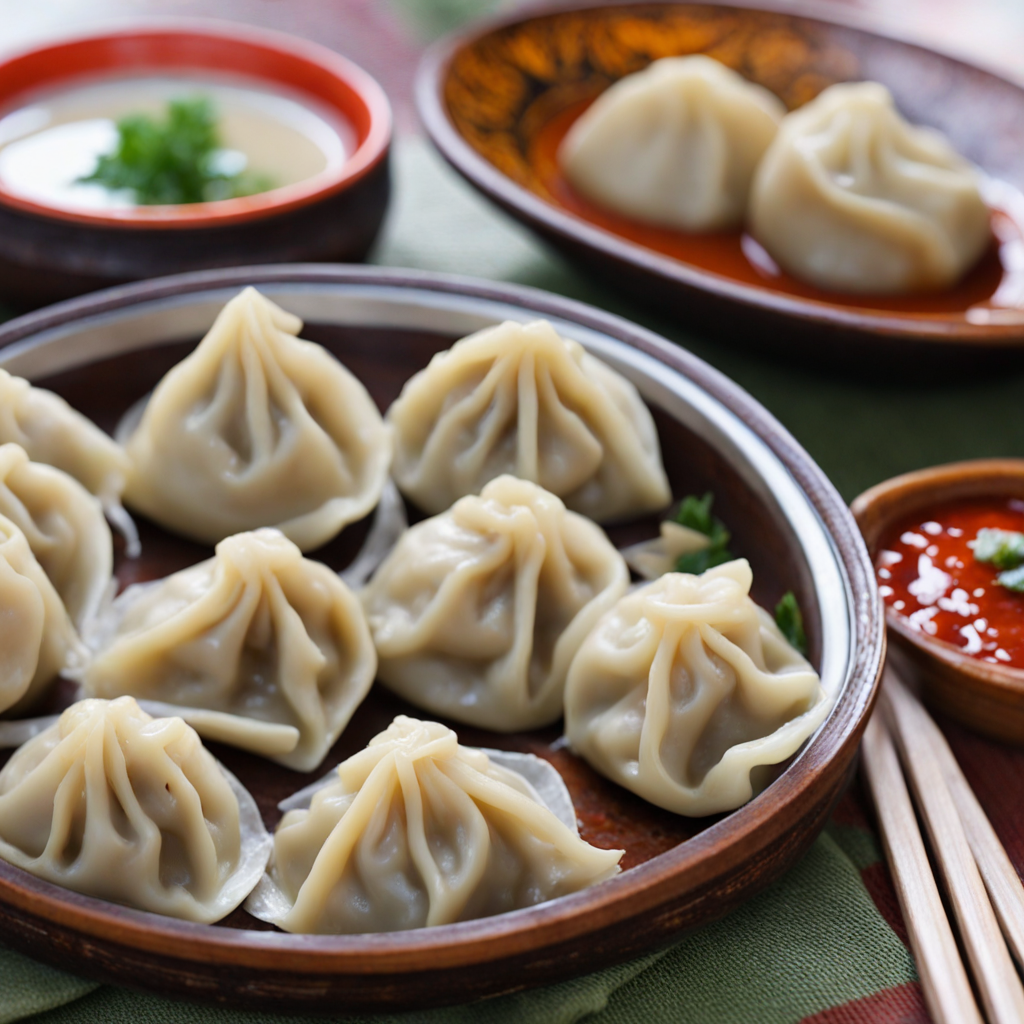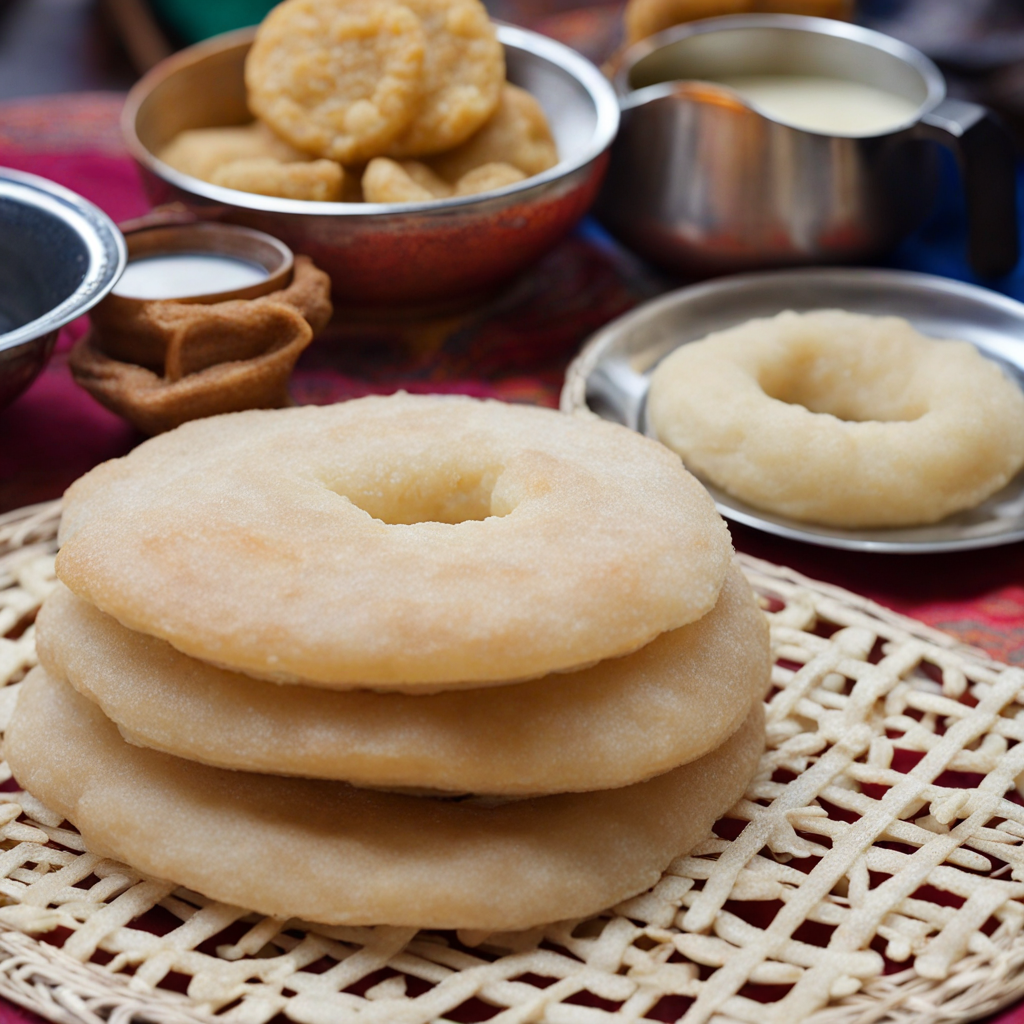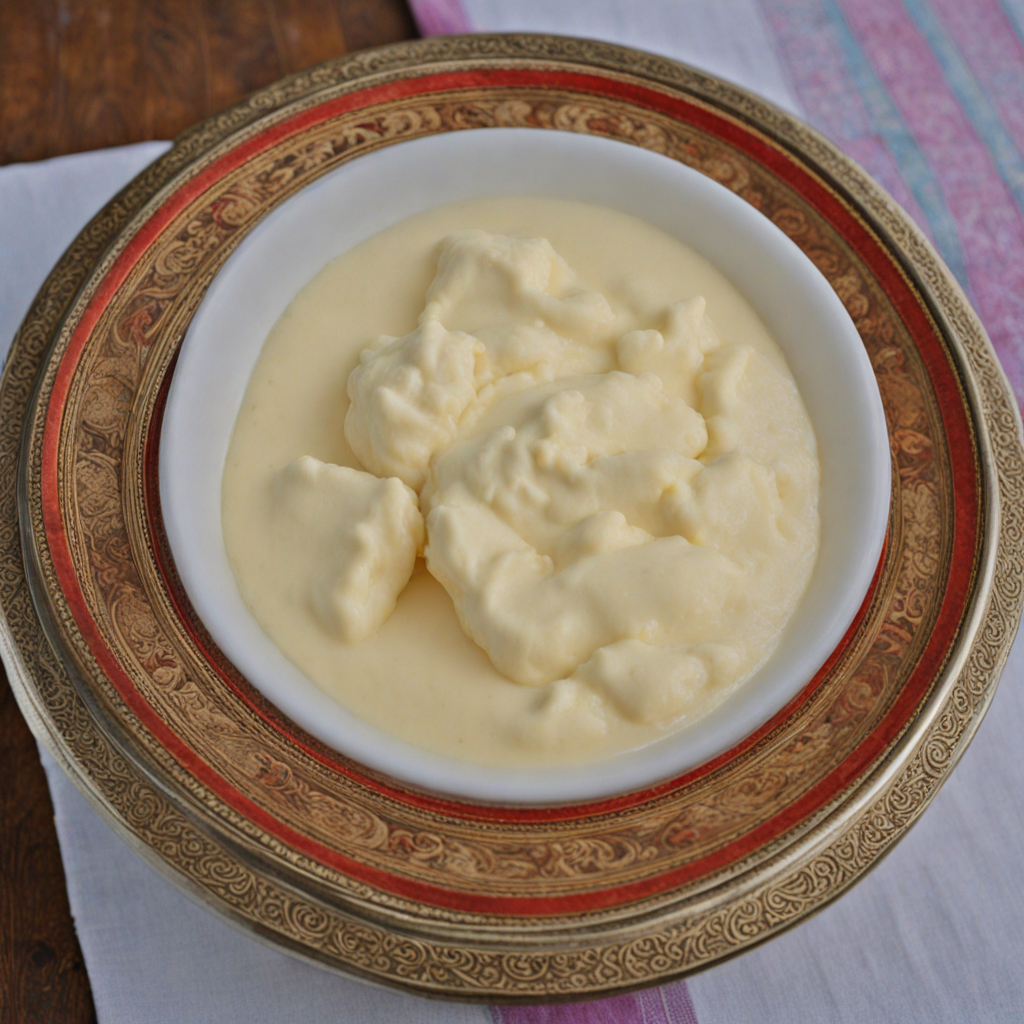Kwati
Kwati is a traditional Nepali dish that embodies the rich tapestry of flavors and textures found in the country's diverse culinary landscape. This hearty soup is primarily made from a unique blend of sprouted beans, which often includes varieties like black-eyed peas, mung beans, and kidney beans. The sprouting process not only enhances their nutritional value but also introduces a delightful crunch and a fresh, earthy flavor. The combination of these legumes creates a protein-packed dish that is both satisfying and nourishing, making it a popular choice during festivals, particularly during the monsoon season when it is believed to boost energy and health. The preparation of Kwati is as vibrant as its ingredients. The beans are simmered in a fragrant broth infused with an aromatic mix of spices such as cumin, coriander, and turmeric, along with garlic and ginger for an added depth of flavor. The soup is often finished with a sprinkle of fresh cilantro and a squeeze of lemon juice, which brightens the dish and adds a zesty contrast to the earthy tones of the legumes. This balance of spices not only elevates the taste but also reflects the traditional cooking methods passed down through generations, showcasing the importance of communal eating in Nepali culture. Kwati is typically served hot, often accompanied by steamed rice or flatbreads, making it a versatile meal that can be enjoyed at any time of the day. Its unique combination of flavors offers a delightful experience for those seeking to explore new culinary horizons. Whether enjoyed as a comforting soup on a rainy day or as part of a festive feast, Kwati promises a taste of Nepal's rich heritage, inviting food lovers to savor the wholesome goodness of this beloved dish.
How It Became This Dish
The History of Kwanti: A Culinary Gem from Nepal #### Origins of Kwanti Kwanti, a traditional Nepali dish, is more than just a nutritional meal; it embodies a rich tapestry of cultural significance and historical evolution. The name "Kwanti" is derived from the Nepali word "kwant," which refers to a mixture, particularly of various beans or legumes. This dish is deeply rooted in the agricultural practices of Nepal, where diverse legumes are cultivated across the country’s varied climatic zones. The origins of Kwanti can be traced back to the Newar community, an indigenous ethnic group residing primarily in the Kathmandu Valley. The Newars are known for their elaborate culinary traditions and festivals, and Kwanti holds a special place in their gastronomy. Traditionally, Kwanti was prepared during the rainy season, especially during the festival of "Kwanti Purnima," which falls on the full moon day in the month of Bhadra (August-September). This festival is celebrated to honor the monsoon and the agricultural bounty that accompanies it. #### Cultural Significance Kwanti is not just a dish; it represents a celebration of life, agriculture, and the community. The preparation of Kwanti is often a communal affair, bringing families and friends together. The act of soaking and sprouting multiple types of beans—the essential components of Kwanti—symbolizes growth, resilience, and the importance of community in sustaining life. In the Newar culture, Kwanti is associated with health and vitality. The dish is rich in protein, fiber, and essential nutrients, making it a wholesome food choice during the monsoon months when fresh vegetables may be scarce. The fermented nature of the sprouted beans adds a unique flavor profile while enhancing digestibility. Kwanti is often served with rice or flatbreads, making it a fulfilling meal that nourishes the body and soul. Moreover, Kwanti is intricately linked to the agricultural calendar of Nepal. Its preparation marks the transition from the monsoon season to the harvest season, signifying abundance and gratitude for the crops. This dish is a reminder of the agrarian roots of Nepali society, where food is not just sustenance but a celebration of the earth's cycles. #### Development Over Time As Nepal transitioned through various socio-political changes, so did the culinary landscape, including the preparation and consumption of Kwanti. Historically, the availability of ingredients has influenced how Kwanti is made. In the past, the dish primarily used locally sourced legumes such as black-eyed peas, mung beans, and chickpeas. However, as globalization took hold, new legumes and spices began to make their way into the kitchens of Nepal, enriching the diversity of Kwanti. In the late 20th century, as urbanization increased and traditional food practices began to blend with modern cooking styles, Kwanti evolved. Chefs and home cooks started experimenting with different ingredients, adding vegetables, spices, and even incorporating meat into the dish. While the traditional method of sprouting beans remains popular, many urban dwellers now prefer quicker versions of Kwanti that require less time and effort. In contemporary Nepal, Kwanti is celebrated not only for its nutritional benefits but also as a culinary experience. Food festivals and cultural events often showcase Kwanti, highlighting its significance in Nepali cuisine. The dish has even made its way to restaurants and eateries in urban centers, where chefs present it with a modern twist, experimenting with presentation and flavor combinations. This evolution has helped to keep Kwanti relevant in the fast-paced world of modern dining. #### Kwanti Today Today, Kwanti stands as a testament to Nepal’s rich culinary heritage. It is enjoyed across the country, transcending ethnic boundaries, and continues to be a beloved dish among various communities. The ease of preparation and the availability of numerous legumes—thanks to improved agricultural practices—have made Kwanti a staple in many households. In addition to its traditional preparation, Kwanti has found its place in health-conscious diets. With the rise of vegetarianism and veganism globally, the dish is celebrated for its plant-based, protein-rich content, making it an ideal choice for those seeking nutritious meals without animal products. Modern chefs have also begun to promote Kwanti as part of a broader movement to revive traditional cuisines. Cookbooks and food blogs featuring Nepali cuisine have included Kwanti, emphasizing its historical roots and the importance of preserving traditional food practices. Cooking classes focusing on Nepali dishes often feature Kwanti, teaching participants not only how to prepare it but also sharing the cultural stories that surround this iconic dish. #### Conclusion Kwanti, a dish that began as a humble mixture of legumes, has evolved over time into a culinary symbol of resilience, community, and celebration in Nepal. Its origins in the Newar culture, its nutritional significance, and its adaptability in the face of changing culinary landscapes all contribute to its enduring legacy. As Nepal continues to embrace its rich food heritage, Kwanti stands out as a reminder of the country’s agricultural roots and the importance of community in culinary traditions. Whether enjoyed during festivals, family gatherings, or as a quick meal at home, Kwanti is a dish that nourishes not just the body but also the heart and spirit of the Nepali people. As we savor this delightful culinary creation, we also celebrate the stories, history, and culture that it embodies, ensuring that Kwanti will continue to be cherished for generations to come.
You may like
Discover local flavors from Nepal



